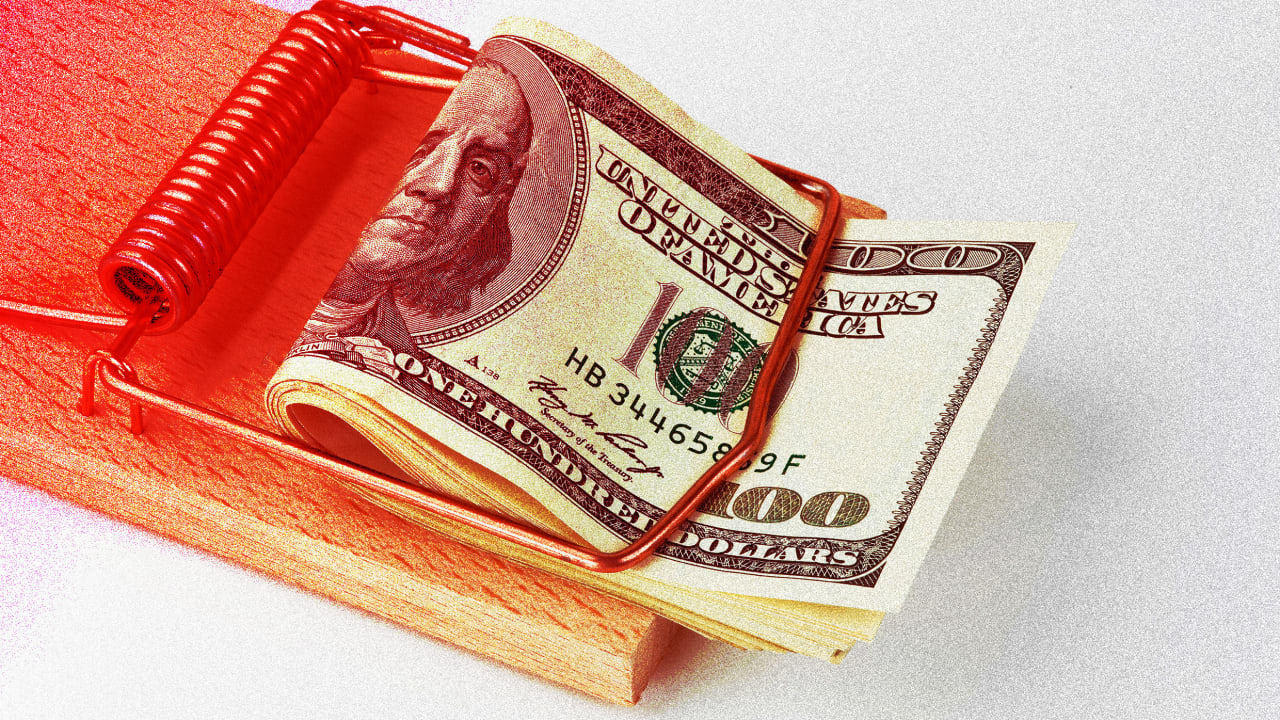Understanding Price Elasticity: How It Affects Your Business Strategy

Key Takeaways

- Definition of Price Elasticity: Price elasticity measures the sensitivity of consumer demand to changes in price, helping businesses decide on effective pricing strategies.
- Importance for Revenue Maximization: Understanding price elasticity allows businesses to set optimal price points, balancing revenue generation with competitiveness in the market.
- Types of Elasticity: Recognizing the difference between price elasticity of demand and supply helps refine strategies; elastic demand indicates significant changes in quantity sold with price fluctuations, while inelastic demand shows minimal response.
- Influencing Factors: Factors such as the availability of substitutes and whether a product is viewed as a necessity or luxury significantly impact price elasticity and should be considered in pricing decisions.
- Strategic Applications: Businesses use price elasticity insights to develop pricing strategies, with elastic products benefiting from lower prices to boost sales and inelastic products allowing for stable price increases without substantial sales loss.
- Taxation and Policies: Understanding price elasticity aids in predicting how government taxation may affect product pricing and consumer purchasing behavior, allowing businesses to adapt their strategies accordingly.
Understanding price elasticity can transform the way you approach pricing strategies and consumer behavior. It measures how sensitive the demand for a product is to changes in its price. When prices rise or fall, knowing how much your customers will adjust their buying habits is crucial for maximizing revenue and staying competitive.
As you navigate the complexities of market dynamics, grasping the concept of price elasticity will empower you to make informed decisions. Whether you’re a business owner, marketer, or economist, recognizing the factors that influence elasticity can lead to smarter pricing tactics and enhanced profit margins. Dive into the world of price elasticity and discover how it impacts your bottom line.
Understanding Price Elasticity

Price elasticity measures how demand for your product changes in response to price fluctuations. Understanding this concept helps you make better pricing decisions that can improve your storefront’s profitability.
Definition of Price Elasticity
Price elasticity of demand quantifies the sensitivity of consumers to price changes. If a small business raises prices and demand drops significantly, the product is considered elastic. Conversely, if demand remains stable despite price increases, the product is inelastic. This distinction provides valuable insight into consumer behavior and can guide retail pricing strategies.
Importance in Economics
Price elasticity plays a crucial role in economic decision-making for small businesses. It informs pricing strategies that maximize revenue while maintaining competitiveness. By analyzing price elasticity, you identify optimal price points, ensuring your offerings align with consumer willingness to pay. Understanding this concept also helps predict how different factors, such as economic downturns or seasonal changes, affect consumer demand, enabling you to adapt your approach proactively.
Types of Price Elasticity

Understanding the types of price elasticity is crucial for your small business. It helps you refine pricing strategies and respond effectively to market demands.
Price Elasticity of Demand
Price elasticity of demand measures how consumer demand for your products changes as prices fluctuate. If demand is elastic, a small price increase leads to a significant drop in quantity sold. For instance, if you sell specialty items at your storefront, raising prices might cause customers to opt for cheaper alternatives. Conversely, inelastic demand indicates that changes in price have little effect on quantity sold. Essential goods, such as basic groceries, often exhibit inelastic demand; even if prices rise, consumers continue purchasing.
Price Elasticity of Supply
Price elasticity of supply refers to how responsive the quantity supplied is to price changes. If your business can quickly adjust production levels, supply is elastic. For example, if you run a retail store with flexible inventory systems, you might increase stock when prices rise. On the other hand, inelastic supply means that quantity supplied doesn’t change much with price adjustments. This could occur in scenarios where production capacity is fixed, such as artisan goods, where scaling production takes time and resources. Understanding these variations lets you adapt your strategies to maximize profits and minimize losses.
Factors Influencing Price Elasticity

Understanding the factors influencing price elasticity can enhance your pricing strategies and improve profit margins for your small business.
Availability of Substitutes
The availability of substitutes impacts price elasticity significantly. When consumers can easily find alternative products, they’re more likely to switch if your prices rise. For example, if your storefront sells coffee and competitors offer similar beverages at lower prices, demand for your coffee drops as costs increase. You should assess the number and quality of substitutes for your products and adjust your pricing accordingly to maintain sales levels.
Necessity vs. Luxury
The classification of your product as a necessity or a luxury influences its price elasticity. Necessity goods—like groceries—tend to have inelastic demand; customers buy them regardless of price changes. In contrast, luxury items—such as designer handbags—experience more elastic demand; price increases typically lead to significant drops in sales. Identify whether your offerings fit into necessity or luxury categories, and structure your pricing strategies to reflect this understanding, maximizing your business’s responsiveness to market changes.
Applications of Price Elasticity

Understanding price elasticity is crucial for implementing effective strategies in your small business. It influences various areas, including pricing tactics and economic policies that can impact your storefront.
Business Pricing Strategies
Price elasticity drives your pricing strategies in a retail environment. You identify your products’ elasticity to decide on optimal prices. For elastic products, slight price changes lead to significant demand fluctuations, so you might consider lower prices to attract more customers. Conversely, with inelastic products, you can increase prices with less risk of losing sales, allowing for improved profit margins. By regularly analyzing price elasticity, you refine your pricing approach, align with market trends, and maximize revenue.
Taxation and Policy Implications
Price elasticity also plays a role in taxation and policy-making. Governments consider elasticity when imposing taxes on goods. For instance, products with inelastic demand often face higher taxes, as consumers continue purchasing regardless of price increases. Understanding this aspect can help you anticipate how taxes might affect your costs and pricing structure. By staying informed on these implications, you can adapt your business strategies to mitigate adverse effects and maintain a competitive edge in the market.
Conclusion

Understanding price elasticity is crucial for your business success. By recognizing how demand shifts with price changes, you can tailor your pricing strategies to maximize revenue. Whether you’re dealing with elastic or inelastic products, knowing the nuances of price elasticity helps you make informed decisions that can significantly impact your profit margins.
Stay attuned to market dynamics and consumer behavior. This insight will empower you to adjust your pricing tactics effectively, ensuring you remain competitive. As you apply these principles, you’ll not only enhance your pricing strategies but also position your business for sustainable growth in an ever-changing market landscape.
Frequently Asked Questions

What is price elasticity of demand?
Price elasticity of demand measures how sensitive consumers are to price changes for a product. If demand changes significantly with a price increase, the product is considered elastic. If demand remains relatively stable despite price increases, it is inelastic. Understanding this helps businesses tailor pricing strategies effectively.
Why is understanding price elasticity important for businesses?
Understanding price elasticity is crucial as it helps businesses maximize revenue and maintain competitiveness. By recognizing how price changes affect consumer behavior, businesses can develop smarter pricing tactics that lead to improved profit margins and informed decision-making.
How do elastic and inelastic products differ?
Elastic products see significant drops in demand when prices rise, while inelastic products maintain stable demand despite price increases. This distinction helps businesses identify which products can be priced higher or lower without drastically affecting sales.
What factors influence price elasticity?
Several factors influence price elasticity, including the availability of substitutes, whether a product is a necessity or a luxury, and consumer preferences. Products with many substitutes tend to have higher elasticity, while necessities usually show inelastic demand.
How can small businesses apply price elasticity to their strategies?
Small businesses can use price elasticity to set optimal prices, attract more customers, and adapt to market changes. For elastic products, lowering prices may boost sales, while inelastic products can withstand price increases without a significant drop in demand.
What role does price elasticity play in taxation?
Price elasticity affects taxation policies, as governments consider a product’s elasticity when imposing taxes. Products with inelastic demand can often bear higher taxes without compromising sales, impacting pricing strategies for businesses in those markets.
Image Via Envato
This article, "Understanding Price Elasticity: How It Affects Your Business Strategy" was first published on Small Business Trends
What's Your Reaction?
 Like
0
Like
0
 Dislike
0
Dislike
0
 Love
0
Love
0
 Funny
0
Funny
0
 Angry
0
Angry
0
 Sad
0
Sad
0
 Wow
0
Wow
0

































































































